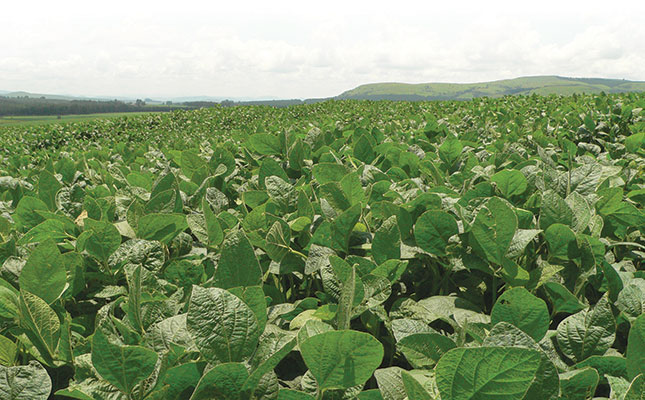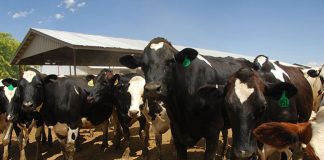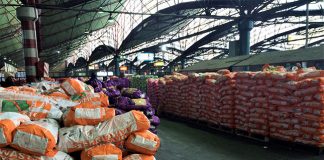
Speaking at the recent Animal Feed Manufacturers’ Association symposium, held in Pretoria, Dr Elsje Pieterse, who conducts studies on the mass rearing of insects for feed purposes, said the production potential of insects as a protein source was immense.
“On 1m² one feeds 10kg waste a day, uses 5l water a day and can produce 2kg larvae. If compared to, for example soya, one can produce 37 000t/ha insects [for feed] versus 5t/ha soya. One can produce 13 500t/ha protein from insects versus 2,3t/ha from soya. One can also produce 12 000t/ha fat from insects versus 1,2t/ha from soya,” said Pieterse.
“Trials show meat having a better moisture-holding capacity [when chickens were fed insects]. Eggs show better shell quality,” she said.
Overseas trials where insects were processed into pig feed showed the feed was palatable, with pigs’ immune systems improving when compared to traditional feed mixtures.
Hotel food waste could be considered ‘dirty’ as one did not always know what it contained and where it came from.
“Farmers need breeding insects that breed at the same time, and hatcheries that hatch at the same time. Formulated feeds help with this; afterwards, the insects are raised on waste products,” said Pieterse.
“Abattoir waste, like blood or carcasses, is buried and leaches into the ground and surface water. It takes months to break down. Carnivorous insects can consume such waste in three days, leave no contamination and reduce the chances of disease,” added Pieterse.













